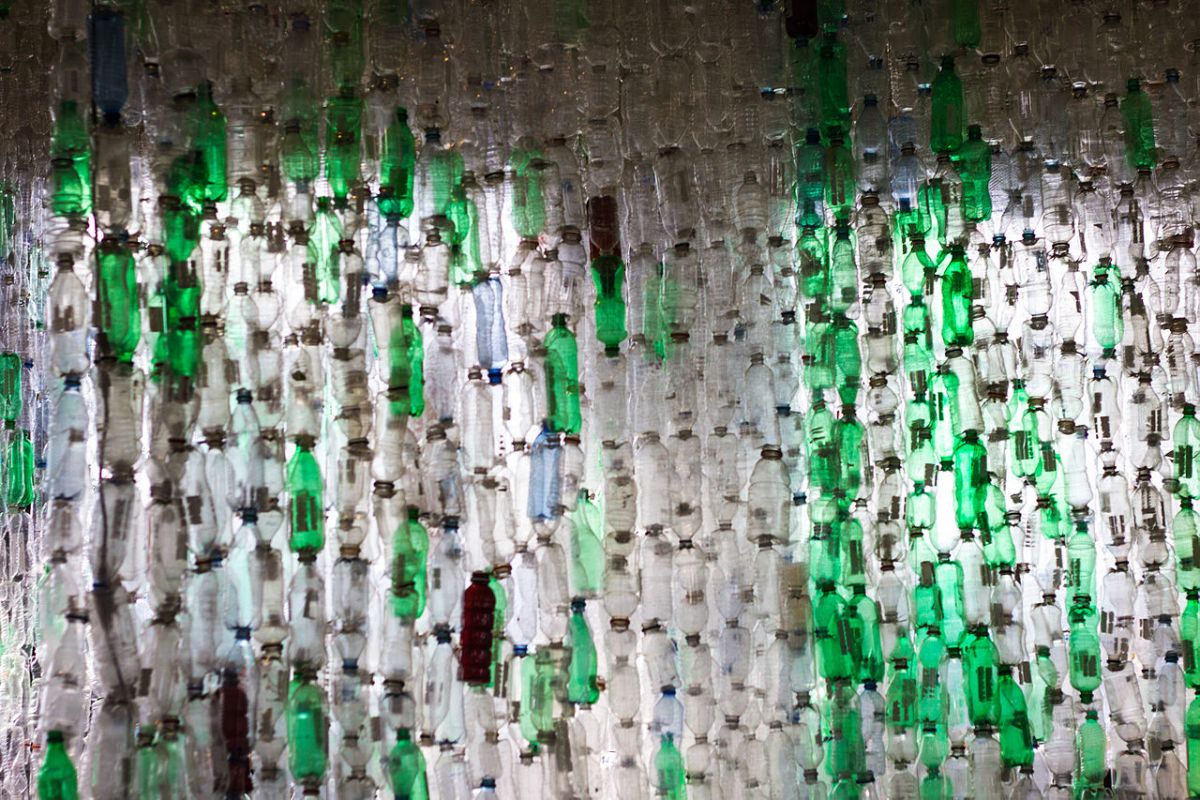 The city of Los Angeles operates the largest residential curbside recycling program in the U.S. -- and it’s about to get even bigger.
The city of Los Angeles operates the largest residential curbside recycling program in the U.S. -- and it’s about to get even bigger.
As part of Zero Waste LA adopted by the City Council, recyclables now will be collected from apartment buildings and businesses, a move that has set a goal of reducing landfill waste by 1 million tons per year by 2025.
The concept of zero waste is simple: eliminate wasting any- thing. In our complex economy, products must be designed to be cycled. In a zero waste world, everything needs to be bio-compatible and toxic-free. In a zero waste world, today’s discards endlessly become tomorrow’s resources.
Angeles Chapter will be holding zero waste workshops and offer webinars in 2018 for those interested in learning how to cut back on single-use products such as plastic bags, baggies, plastic wrap, etc.
Now let’s take a deep dive into L.A.’s blue recycling bin. Here’s what should go in:
• Paper, including post-it notes, catalogs, windowed enve- lopes
• Cardboard, including frozen food and cereal boxes
• Cartons and shelf-stable packaging, like soy milk and milk cartons
• Metals, like soda and juice cans, even wire hangers
• Bottles and jars
• Clean plastics, numbers 1 through 7, from milk jugs to
“clamshell” packaging
• Clean styrofoam cups and cartons
And here’s what shouldn’t go in your blue bin. These items will contaminate your recyclables and mean more garbage for the city’s ever-growing landfills.
• Soiled papers or bags with oils and food waste
• Window and mirror glass, fluorescent lights
• Random items such as mini-blinds, lawn furniture, garden hoses and electrical cords
• Hazardous materials such as batteries, pesticides, electronics, syringes.
For more on L.A. City's blue bin, go to the city's website.
For information on Sierra Club's zero-waste program and other issues, contact Chapter Conservation Program Manager Angelica Gonzalez at (213) 514-5802 or email angelica.gonzalez@sierraclub.org.